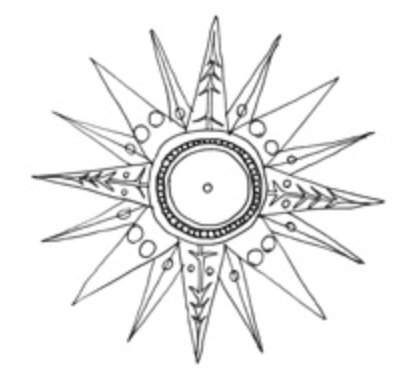Pushing down (towards the cello body) upon the string between the bridge and the tailpiece also makes a pitch bend.
The action can be done with the right hand immediately after excitation or, for an open string, with the left hand, in which case the timing is more flexible. Fast repetition of the action produces a vibrato effect.
▷IN CONTEXT
Pushing the strings between bridge and tailpiece can leave the string slightly detuned, making it sharper.
Pitch bends by pushing the string between bridge and tailpiece. An open string is pushed during vibration, then pushed during vibration and released after vibration, then pushed before excitation and released during vibration. Then, a vibrato effect is produced by repeatedly pushing during vibration. The pitch bends are shown for the plucked, struck and bowed string.
Pitch bends by pushing the string between bridge and tailpiece. A stopped string is pushed during vibration, then pushed during vibration and released after vibration. Then, a vibrato effect is produced by repeatedly pushing during vibration. The pitch bends are shown for the plucked, struck and bowed string.
▶︎▶︎NOTE
Pushing the string between bridge and tailpiece often detunes the string (making it sharper), especially if it is pushed for a long time or particularly hard.


